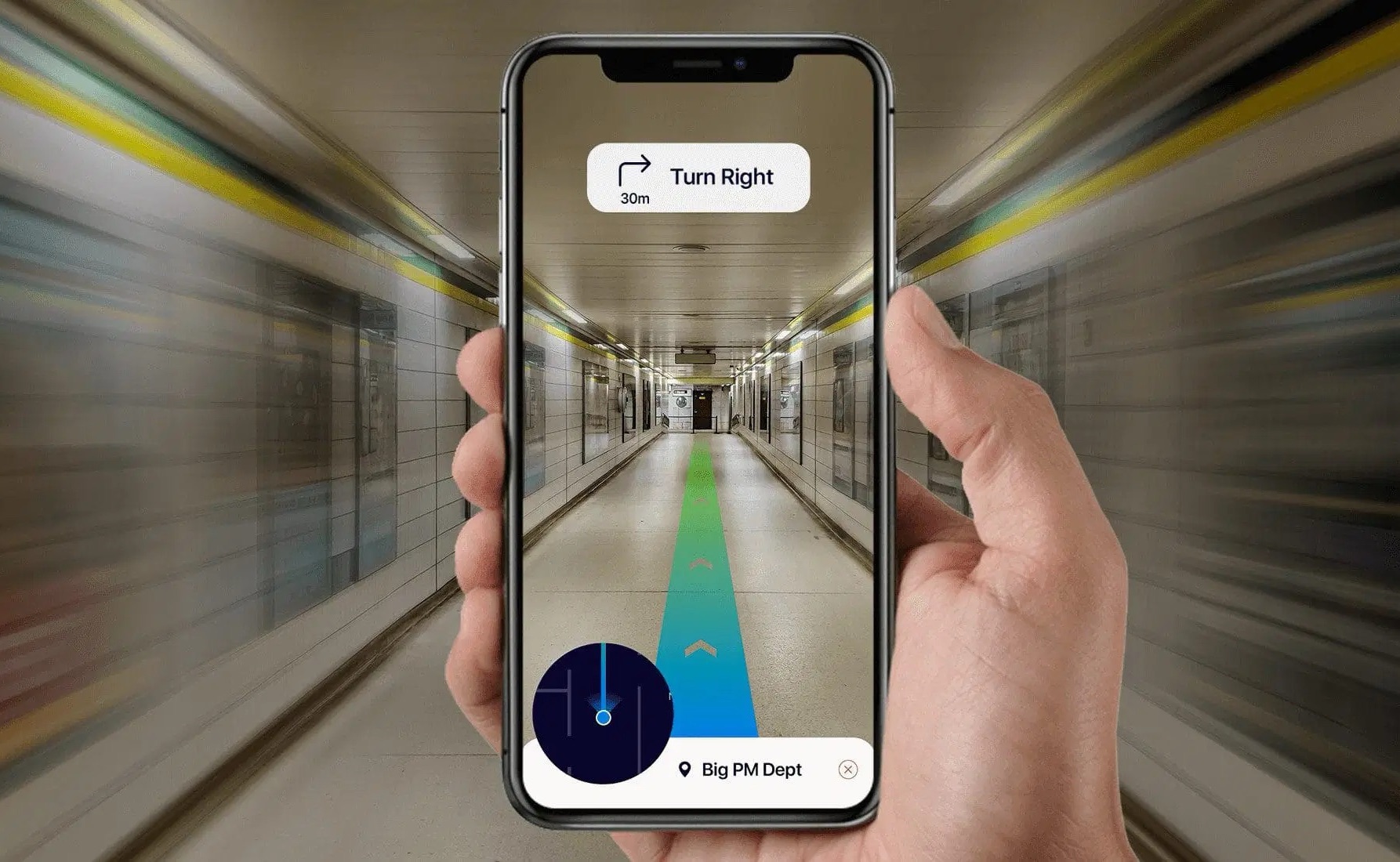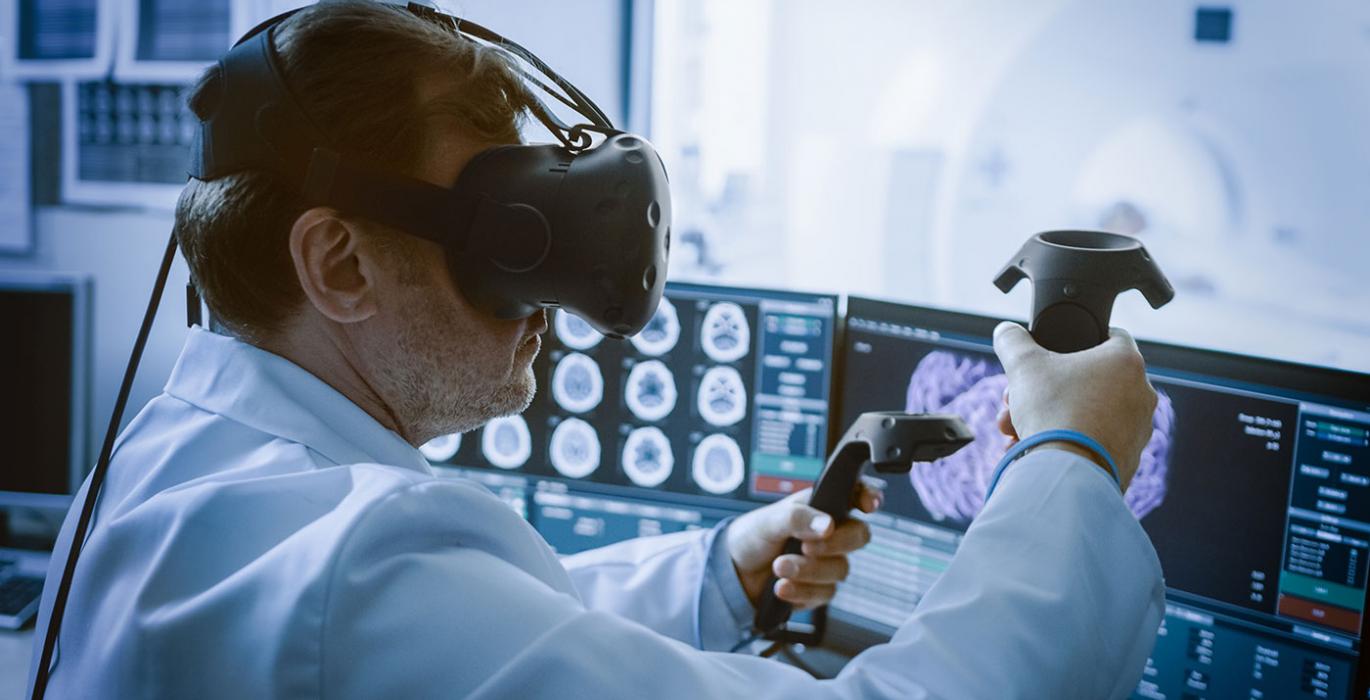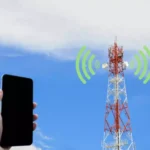
The convergence of 5G technology and augmented reality (AR) is poised to transform industries and daily life, enabling new experiences once thought impossible. As 5G networks expand globally, they provide the infrastructure necessary for immersive AR applications across sectors like retail, healthcare, transportation, and urban planning. Lets take a deep dive on the applications.
Why 5G is Crucial for AR
AR overlays digital content on the physical world, but requires ultra-low latency, high bandwidth, reliable connectivity, and edge computing for seamless experiences. Historically, AR was limited by device processing power or tethered systems. However, 5G addresses these challenges by offering some major features:
- Sub-10ms latency for real-time interaction
- High bandwidth for streaming rich, high-quality content
- Network slicing to guarantee performance for critical AR applications
- Edge computing to bring processing power closer to users
- Massive device density to support large-scale AR deployments
These 5G capabilities allow for offloading processing to edge servers, enabling real-time content delivery, and ensuring persistent AR experiences across wide areas.
Near-Term Applications (2025-2027)
As 5G coverage expands, AR applications will begin to reshape industries:
-
Enhanced Navigation

5G-powered AR will offer precise indoor positioning, real-time crowd density data, personalized recommendations, and language translations, enhancing navigation in places like airports and shopping malls
-
Retail Transformation
Retailers will leverage 5G-enabled AR for virtual try-ons, product visualization in home environments, and personalized shopping experiences. Major retailers like Walmart and Target are already experimenting with these features
-
Industrial Maintenance and Training
AR combined with 5G will improve industrial efficiency through remote expert assistance, step-by-step maintenance, and real-time equipment monitoring, with companies like Boeing already seeing significant improvements
Medium-Term Evolution (2027-2030)
As 5G infrastructure matures, more sophisticated AR applications will emerge:
-
Collaborative Workspaces
Remote and hybrid work will benefit from AR-driven collaboration, offering holographic presence and real-time 3D content creation among distributed teams
-
Smart Cities
5G and AR will revolutionize urban environments, enabling city planning visualization, traffic flow optimization, and real-time service information overlays. Cities like Singapore and Amsterdam are already leading these initiatives
-
Healthcare

5G-powered AR will assist in surgeries, medical training, and remote physical therapy. Leading medical institutions are experimenting with AR for patient care and education
Challenges Ahead
Despite the promises we expect to have som challenges along the way just like any emerging technology like:
- Hardware evolution: AR headsets need to become smaller, lighter, and more energy-efficient
- Network density: 5G infrastructure must be dense for optimal AR performance
- Content creation: New tools will be required to generate and manage AR content
Where We’re headed
The fusion of 5G and AR represents a major technological shift, transforming how we interact with both the digital and physical worlds. Full realization is going to take some take time and AR itself isn’t quite as popular as we expected. 5g is still in its infancy stages but the potential is definitely there to become the backbone of this new technology. Though in the future, we should still prepare for a future where digital and physical realities are seamlessly integrated





